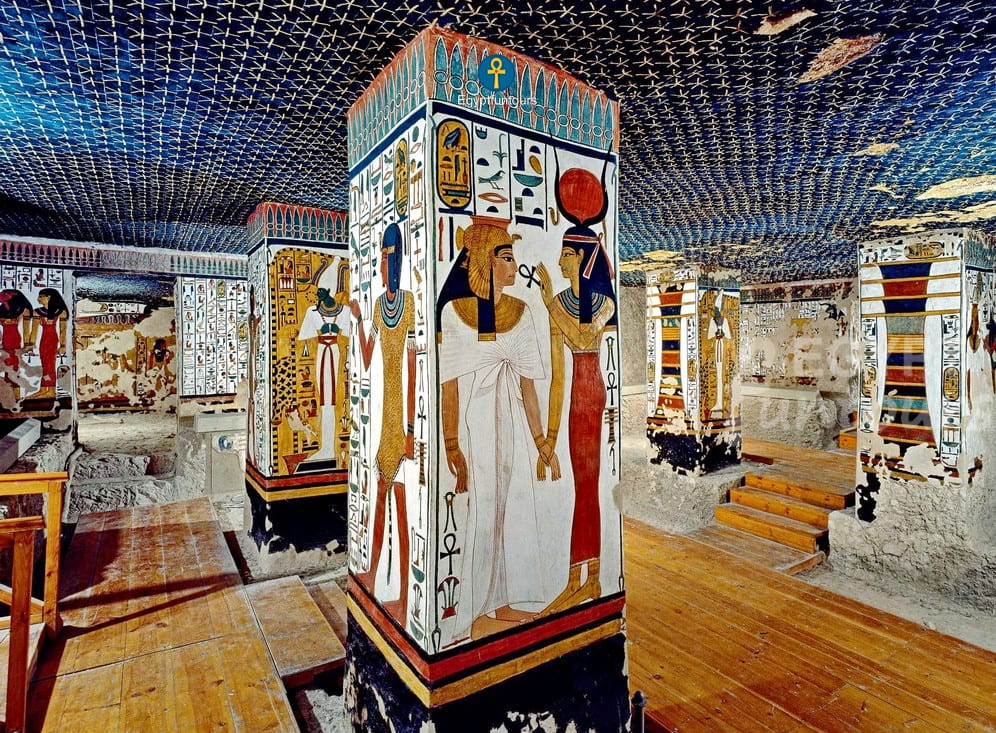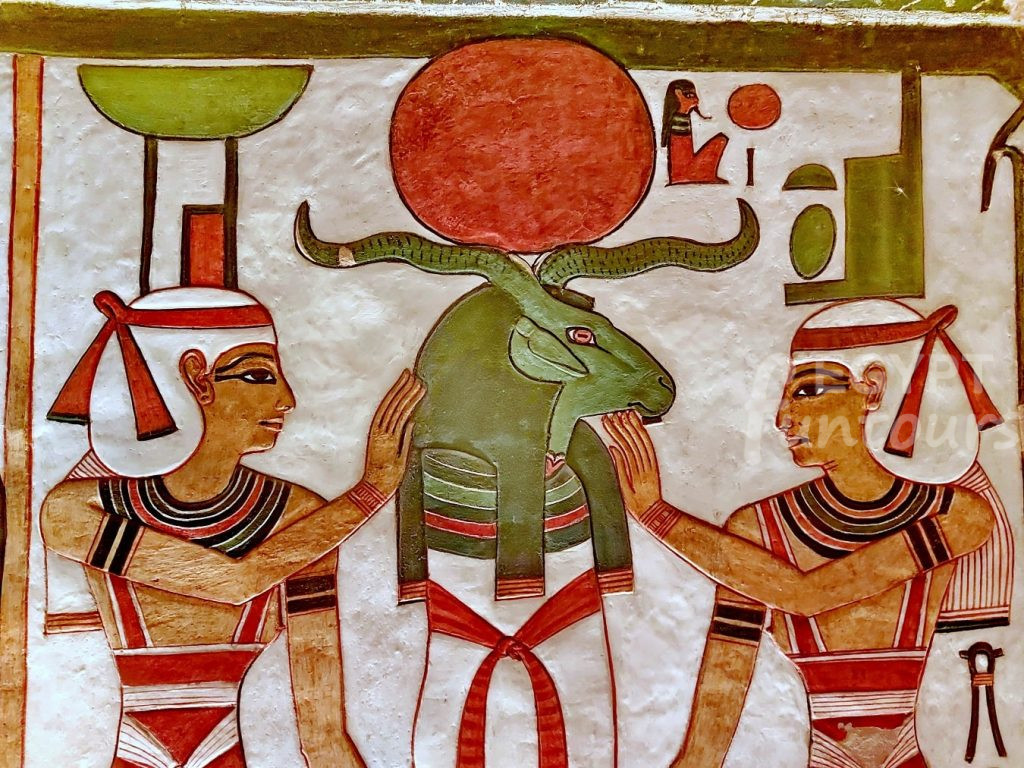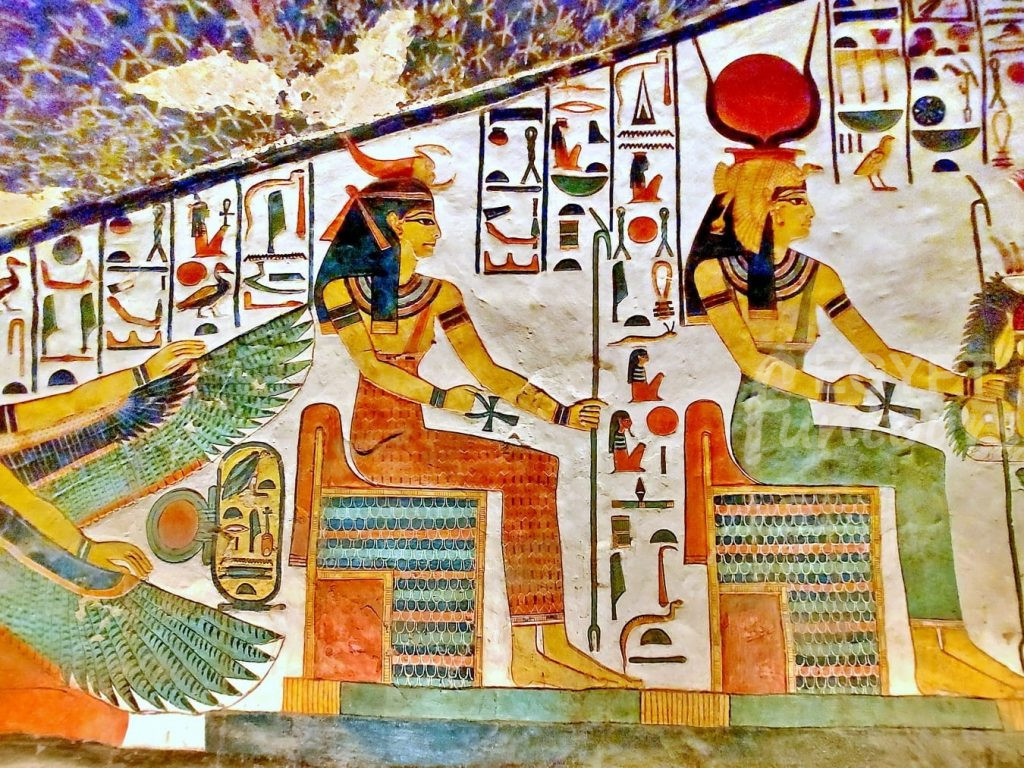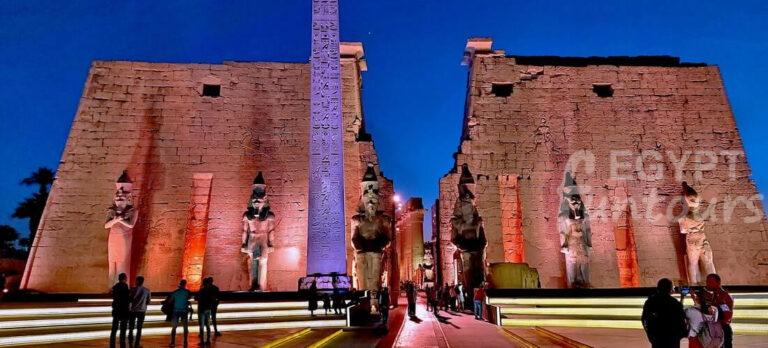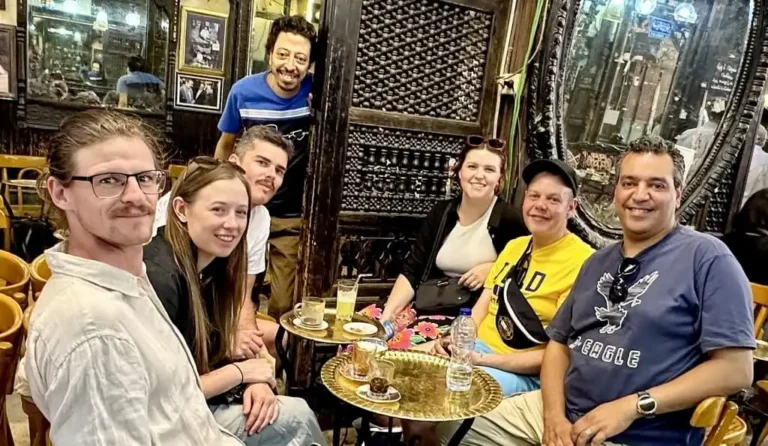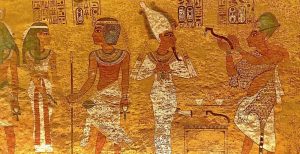The Importance of the Goddess Ma’at in Nefertari’s Tomb

Ma’at: The Embodiment of Truth and Order
In ancient Egyptian belief, Ma’at represented more than just a deity; she symbolized the fundamental concepts of truth, balance, and cosmic order. Her presence in the tomb of Queen Nefertari, who was the wife of Pharaoh Ramesses II, underscores the profound respect the Egyptians had for these principles.
Ma’at in the New Kingdom
Dating back to the New Kingdom’s 19th Dynasty, specifically during Ramesses II‘s reign (circa 1279-1213 BC), Ma’at’s depiction in Nefertari’s tomb highlights the continuity of her worship. This period is known for its monumental architecture and rich artistic achievements, often aimed at ensuring the deceased’s rightful place in the afterlife.
Nefertari’s Tomb: A Sacred Canvas

The goddess Ma’at, who represents truth, order, and cosmic balance, plays a significant role in the tomb of Queen Nefertari. Artists featured her artwork in tomb QV66, where it serves multiple purposes.
Her presence provides spiritual protection. By decorating Nefertari’s final resting place, Ma’at ensures the queen’s soul is judged fairly in the afterlife. As a symbol of order, her image reassures that the balance maintained during Nefertari’s life would continue beyond death. Ma’at’s role in the weighing of the heart, a key event in the journey through the Duat (the underworld), reaffirms her importance. Scenes on the tomb walls show Nefertari’s passage through this afterlife process, where Ma’at’s principles would ensure her successful journey to eternal peace.
The Artistic Representation and Preservation
The depiction of Ma’at in the tomb is more than decorative. The vivid colors and detailed portrayal aim to invoke Ma’at’s divine presence within the tomb. This not only honors the goddess but also acts as a testament to Nefertari’s rightful and balanced existence.
The tomb has been opened and closed to the public several times since its discovery in 1904. To prevent degradation from water damage, salt formation, and bacterial growth, restorers meticulously restored the murals about 30 years ago.
Nefertari and Thoth
Chapter 94 of the Book of the Dead features a significant scene. It depicts Queen Nefertari, one of ancient Egypt’s most revered queens, interacting with the deity Thoth. Thoth, who serves as a scribe, is shown with the head of an ibis. He stands before Nefertari in a detailed painting on the north wall of the east side chamber. The queen stands respectfully, which shows her esteemed place in the afterlife rituals.
This chapter highlights the profound cultural and spiritual connection between the queen and the ancient Egyptian pantheon. The artwork captures the religious reverence and immortalizes Nefertari’s status in the death rituals.
Nefertari’s Tomb Referred to as the “Sistine Chapel of Ancient Egypt”

Nefertari’s tomb, nestled in the Valley of the Queens near Thebes, stands out as one of the most exquisite and well-preserved burial sites from ancient Egypt. This tomb isn’t just a resting place; it’s a testament to the grandeur and artistry of ancient Egyptian culture.
Exceptional Preservation and Decoration
Nefertari’s tomb is renowned for its remarkably well-preserved state. The vibrant murals that adorn the walls have survived centuries, showcasing scenes of the queen’s journey through the afterlife in stunning detail. The colors remain vivid, and the intricate artwork offers a glimpse into the sophisticated techniques and materials used by ancient Egyptian artisans.
Artistic Mastery Comparable to the Sistine Chapel
People often compare the tomb to the Sistine Chapel because of its extraordinary artistic value. Just as admirers celebrate Michelangelo’s masterpiece in the Vatican for its beauty and complexity, Nefertari’s tomb captivates visitors with its breathtaking decor. Artists cover every surface of the burial chamber with symbolic, religious, and mythological imagery, crafting it with a level of skill that rivals the Renaissance genius.
Historical and Cultural Significance
Nefertari herself was a figure of great importance, playing a significant role in the political sphere during the reign of her husband, Pharaoh Ramses II. The opulence of her tomb reflects her esteemed status and influence. This cultural and historic significance adds another layer to the reason people often call her tomb the Sistine Chapel of Ancient Egypt—both serve as monumental testaments to the eras they represent.




